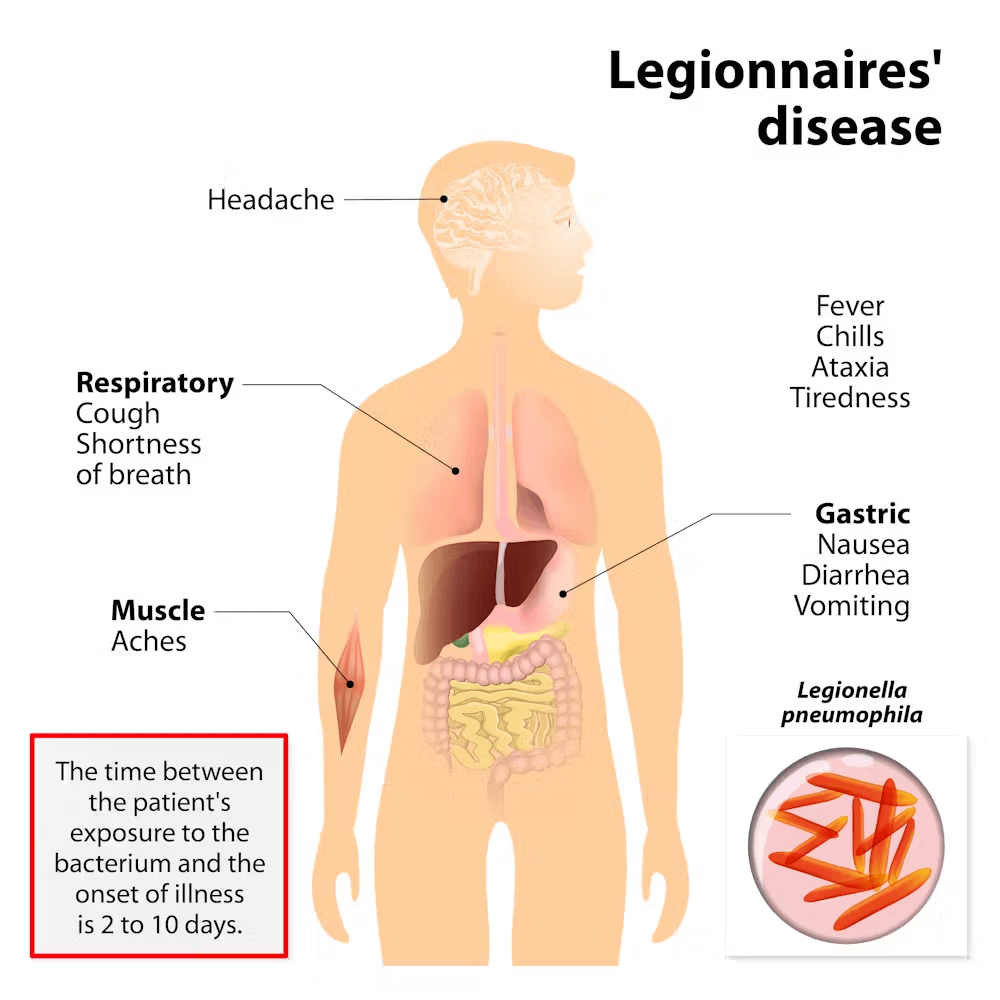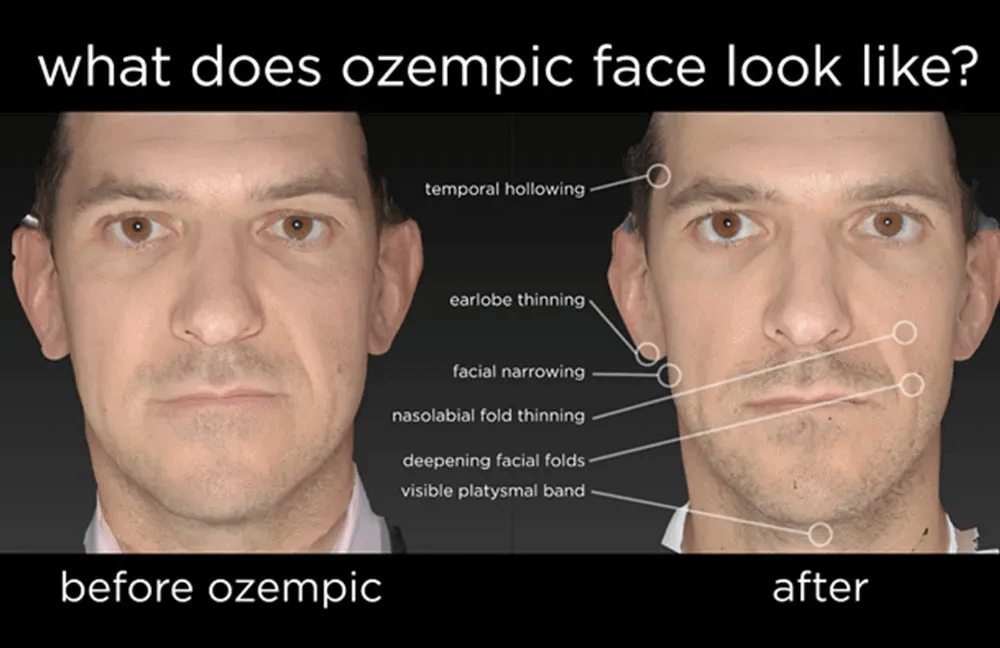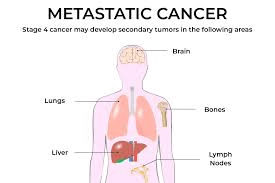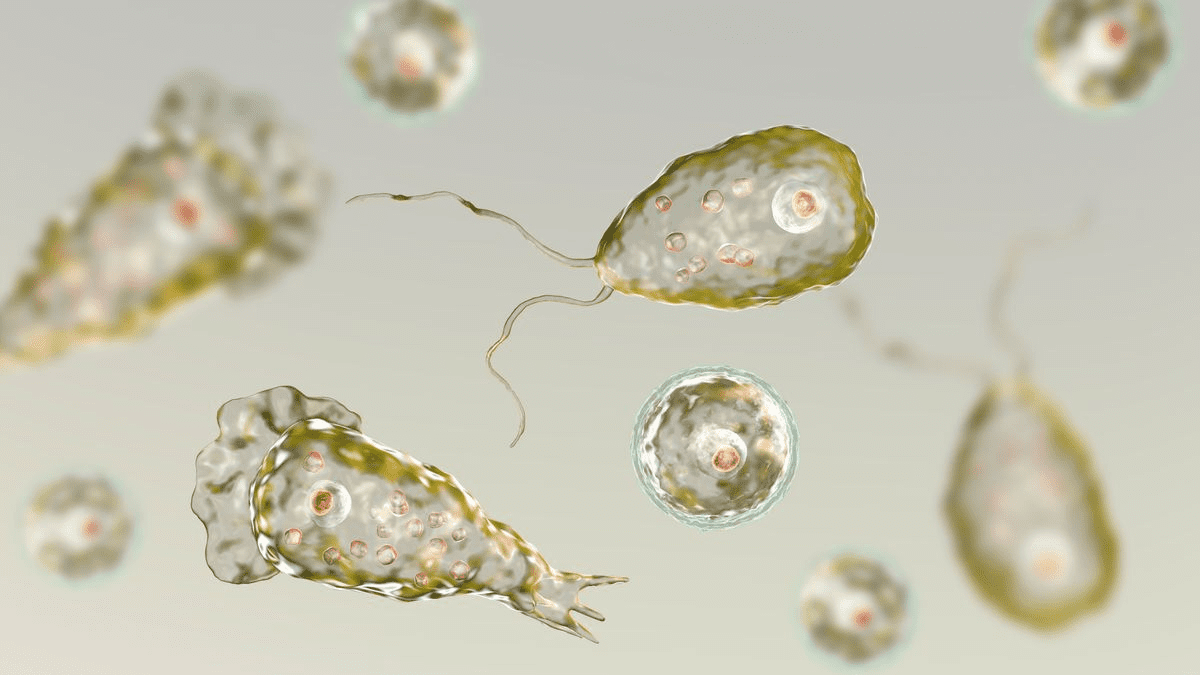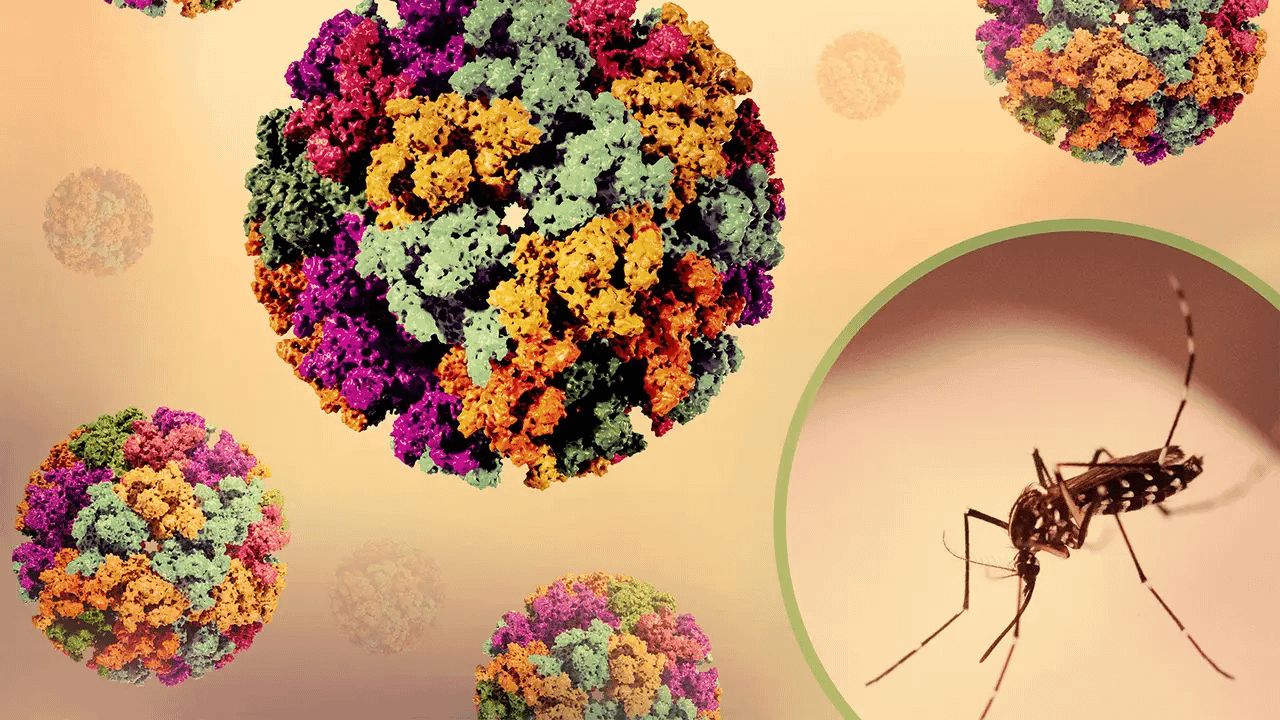
Understanding the Chikungunya Virus: Symptoms, Transmission, and Prevention
The world of infectious diseases is vast and often confusing, with many viruses threatening public health across the globe. One such virus that has gained prominence in recent years is the chikungunya virus. With its potential to cause widespread outbreaks and debilitating symptoms, understanding this virus is crucial for prevention and response efforts.
What is the Chikungunya Virus?
The chikungunya virus (CHIKV) is an alphavirus belonging to the family Togaviridae. It is primarily transmitted to humans through the bite of infected Aedes mosquitoes, particularly Aedes aegypti and Aedes albopictus — the very same mosquitoes responsible for spreading dengue fever and Zika virus. First identified during an outbreak in Tanzania in 1952, the name “chikungunya” comes from a word in the Makonde language, meaning “to become contorted,” which refers to the stooped appearance of those suffering from the severe joint pain associated with the disease.
This virus mainly circulates in tropical and subtropical regions but has increasingly spread to temperate areas, significantly impacting public health. In this interconnected world, travel can lead to the quick dissemination of chikungunya, making it important to stay informed about its symptoms and preventive measures.
Recognizing the Symptoms of Chikungunya
After being bitten by an infected mosquito, symptoms typically appear within 2 to 12 days. While chikungunya is rarely fatal, its symptoms can be extremely debilitating. The most common signs and symptoms include:
- High Fever: Sudden onset fever often exceeding 39°C (102°F) is one of the distinguishing features.
- Severe Joint Pain: This is the hallmark symptom, often affecting multiple joints and leading to intense pain and swelling, particularly in the hands, wrists, and ankles.
- Muscle Pain: Muscle aches may accompany joint pain, further reducing mobility and overall well-being.
- Rash: A rash may develop, appearing on the trunk and limbs, which might not occur in all cases.
- Fatigue: General malaise and fatigue can last for weeks or even months.
Most individuals recover fully from chikungunya, but some may experience prolonged joint pain or other complications. This lingering issue often resembles rheumatoid arthritis, which can affect quality of life significantly.
Transmission and Spread of Chikungunya
As mentioned, the primary vector for the chikungunya virus is the Aedes mosquito. Understanding how transmission occurs is vital for control and prevention strategies. Here’s how the lifecycle typically works:
- Mosquito Bite: When an Aedes mosquito bites a person infected with the chikungunya virus, it ingests the virus with the blood.
- Incubation in Mosquito: The virus incubates within the mosquito for several days, after which the mosquito becomes infectious.
- Transmission to Humans: The infected mosquito can then bite and transmit the virus to a new host.
- Human-to-Mosquito Cycle: If a mosquito bites a person who is infected, the virus can further spread to other humans, creating chains of transmission.
Chikungunya outbreaks have been reported in various regions, including Africa, Asia, Europe, and the Americas. Climate change and urbanization contribute to the expansion of Aedes mosquito habitats, increasing the risk of chikungunya outbreaks across the globe. Thus, vigilance and proactive measures are essential in managing its spread.
Preventive Measures Against Chikungunya
Prevention plays a crucial role in controlling the chikungunya virus. Here are some effective measures to reduce the risk of infection:
- Mosquito Control: Eliminate standing water around homes where mosquitoes breed. Keeping yards clean and gardens well-maintained limits breeding grounds.
- Protective Clothing: Wear long-sleeved shirts, long pants, and socks when outdoors, especially during dawn and dusk when mosquitoes are most active.
- Insect Repellent: Use EPA-registered insect repellents containing DEET, picaridin, or oil of lemon eucalyptus. Applying repellent on exposed skin and clothing can deter mosquito bites.
- Screening and Netting: Install window and door screens to keep mosquitoes out of living spaces. Use bed nets if sleeping in high-risk areas.
- Awareness and Education: Stay informed about chikungunya activity in your area, and educate communities about prevention methods. Raising awareness reduces the risk of outbreaks.
Conclusion: Staying Vigilant
While the chikungunya virus poses significant health risks, understanding its nature, recognizing its symptoms, and knowing how to prevent its spread equips us to face the challenge effectively. As global travel increases and climate conditions evolve, being aware of the chikungunya virus’s implications is more critical than ever.
By implementing preventative measures and fostering community education, we can reduce the risk of contracting this debilitating virus. Staying vigilant and proactive is the key to protecting ourselves, our families, and our communities from the chikungunya virus and ensuring a healthier tomorrow.

